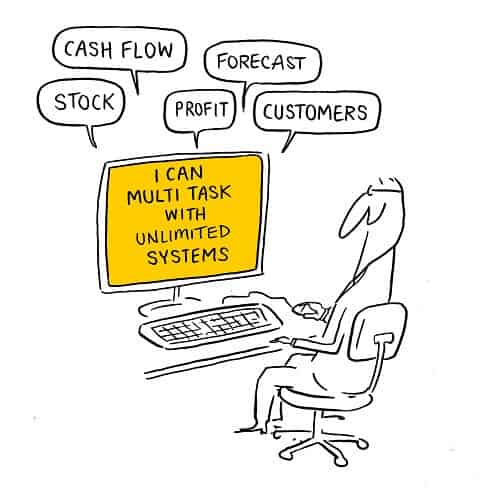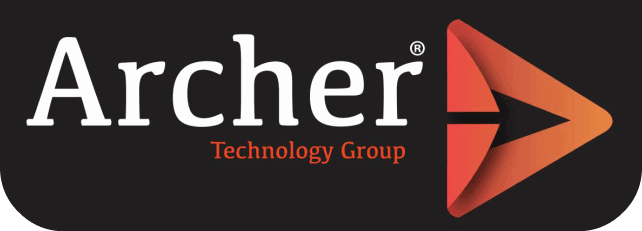How do you choose the right accounting software for your business?
In 3 steps!
So? How do you choose the right accounting software for your business?
Given our years of experience, we understand that one of the key drivers for change when it comes to accounting software has typically been that the current system is not coping with business change or growth.
Increasingly accounting systems are emerging as an integral information hub within an organisation.
Accounting systems provide critical financial information to managers and business owners to enable them to make decisions about where to invest further, the areas they should focus on for growth, as well as detailed information so they can pinpoint areas where they need to improve their operational efficiency.

Hello! You found me! This flippy box is rather cool
Sales and business growth targets
We believe that an effective accounting system means improved customer intelligence, giving you the opportunity to identify sales opportunities faster, enabling you to service customers, connect with prospects and deliver products and services to meet their needs better.
Greater operational efficiency, access to timely business intelligence and stronger inventory management means that you can grow your business and your bottom line. Rapid access to sales data is necessary so you can:
- Identify future sales opportunities,
- Identify your most profitable products and customers
- Use this information to help set your business growth strategy.
Accounting software and choosing well
We know the task of selecting the right software can be daunting so we’ve listed some pointers you might like to consider during your planning phase:
How can you ensure that your software system is a success story?
1. Clear business requirements.
Lacking a clear understanding of what your business needs from an accounting or Enterprise Resource Planning (ERP) system will make the selection process longer and more complicated. Take stock. How does your current software work and where does your current system come up short?
2. Avoid an inflexible or proprietary database. Look for a solution that integrates easily.
A robust open database is an imperative feature of a good accounting system. An accounting system built on a strong and flexible database such as an industry-leading database like Microsoft SQL means that you have a secure platform where downtime is minimised, speed is increased and your business performance is elevated.
Want to know more? Keep Reading!
Proprietary database architecture can be too rigid and may not be easily accessed by other products or applications. Will your accounting system need to talk to your Customer Relationship Management (CRM) system or shopping cart? Make sure your solution integrates easily with other software.
3. Look for a solution that is flexible and scalable.
Scalable means that if your business doubled or tripled in size, overnight your accounting software would be able to cope with these changes. Does the system provide the same features and functions for a single user on a desktop as it does for hundreds of concurrent users? Can it handle significant increases in users, transactions, or data storage? Is it flexible enough to produce reports that are customised to your needs?
Tips for managing the implementation process
- Get senior management on board.
- Assign a system champion that will be responsible for the project and the person who will generate interest in the project and get employee and management buy-in.
- Develop a plan, outlining key tasks with timeframes and actions points and identify roles and responsibilities for key tasks. Who will be responsible for each task?
- Determine your goals and objective for this project.
- Identify other systems or stakeholders that might be affected by this change.
- Identify key project phases, tasks & milestones.
- Set dates and deadlines.
- Allocate time for data preparation, migration, and conversion, implementation, testing and training.
- Think about risks, what might go wrong do have time allocated for issues to be resolved?
- Allocate time for communicating your changes to staff and stakeholders that might be affected by this change, how will you communicate this information to those affected by this change?
- Determine your ‘go live’ date.
- Ensure your staff are trained and feel confident using the new system.
- Be prepared to alter and tweak your plan to account for unforeseen issues. Remember even the best plans have to cater for unexpected delays.
Have you considered different deployment options such as cloud or SaaS or onsite deployment? What works best for your business?
